Pace of growth helps maintain renewable energy when weather conditions interfere with wind and solar.
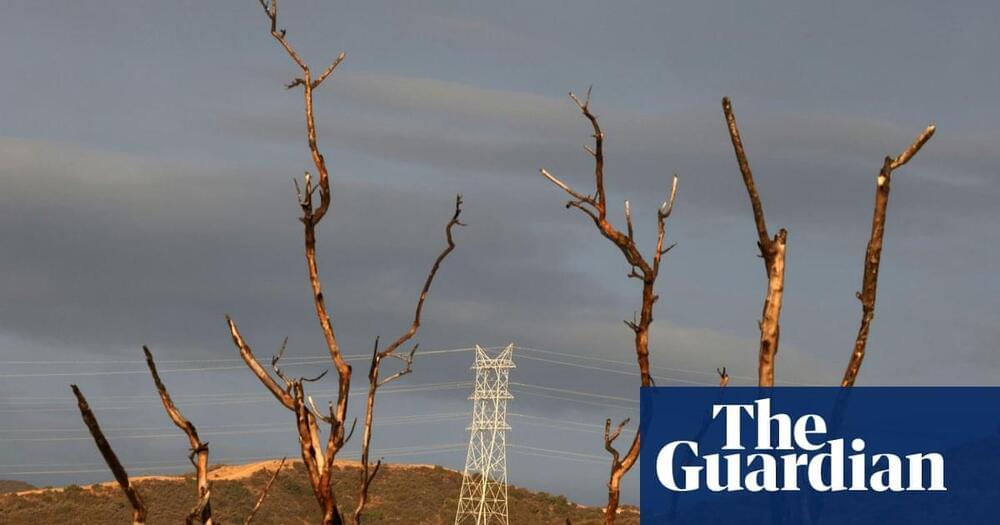


Nuclear fission—when the nucleus of an atom splits in two, releasing energy—may seem like a process that is fully understood. First discovered in 1939 and thoroughly studied ever since, fission is a constant factor in modern life, used in everything from nuclear medicine to power-generating nuclear reactors. However, it is a force of nature that still contains mysteries yet to be solved.
Researchers from the University of Washington, Seattle, or UW, and Los Alamos National Laboratory have used the Summit supercomputer at the Department of Energy’s Oak Ridge National Laboratory to answer one of fission’s biggest questions: What exactly happens during the nucleus’s “neck rupture” as it splits in two?
The resulting paper is published in the journal Physical Review Letters.
Fusion energy has the potential to be an effective clean energy source, as its reactions generate incredibly large amounts of energy. Fusion reactors aim to reproduce on Earth what happens in the core of the sun, where very light elements merge and release energy in the process. Engineers can harness this energy to heat water and generate electricity through a steam turbine, but the path to fusion isn’t completely straightforward.
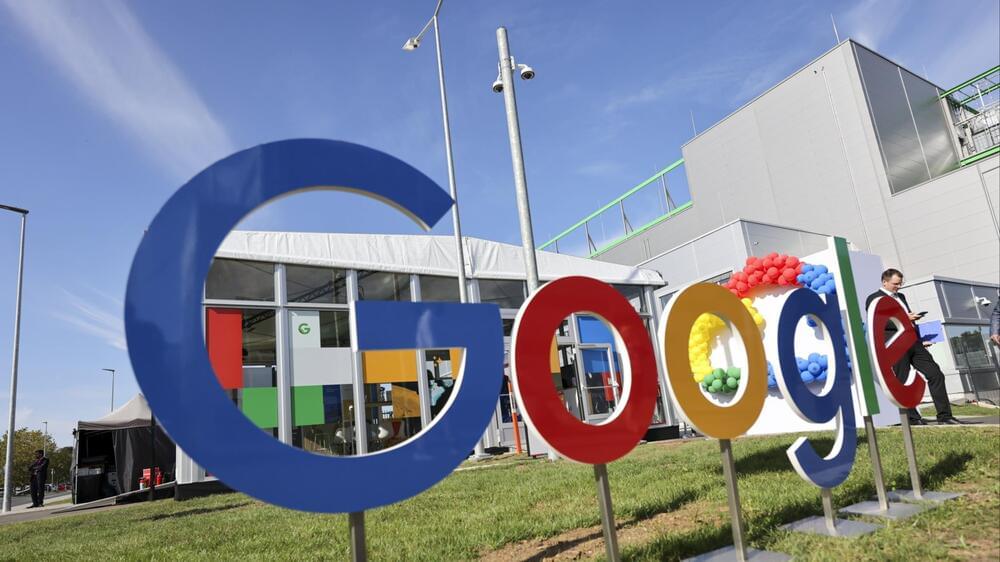
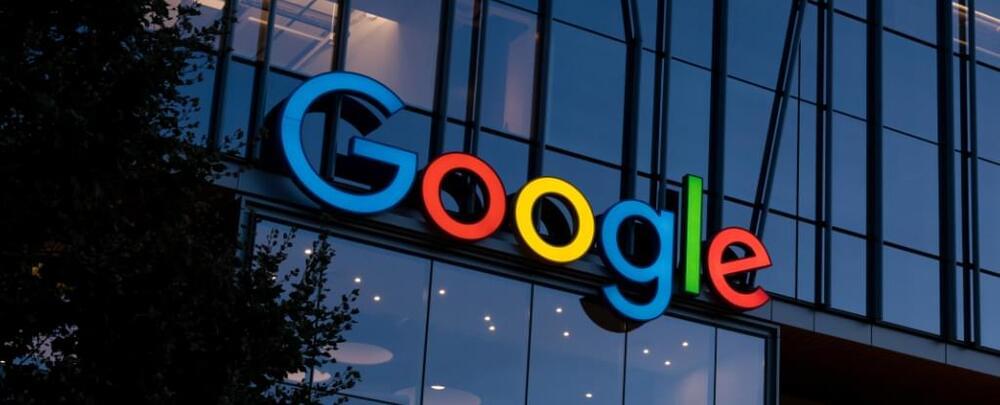
Google on Monday signed a deal to get electricity from small nuclear reactors to help power artificial intelligence.
The agreement to buy energy from reactors built by Kairos Power came just weeks after word that Three Mile Island, the site of America’s worst nuclear accident, will restart operations to provide energy to Microsoft.
“We believe that nuclear energy has a critical role to play in supporting our clean growth and helping to deliver on the progress of AI,” Google senior director of energy and climate said during a briefing.
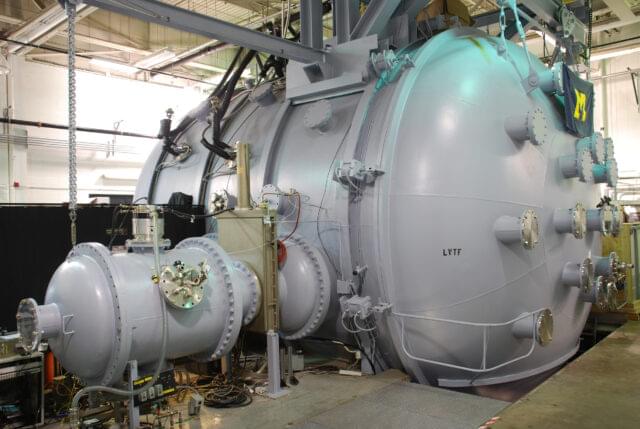
This sounds very promising! The researchers are investigating the use of nuclear microreactors to power faster and more efficient electric propulsion systems.☢️🚀
To develop spacecraft that can “maneuver without regret,” the U.S. Space Force is providing $35 million to a national research team led by the University of Michigan. It will be the first to bring fast chemical rockets together with efficient electric propulsion powered by a nuclear microreactor.
The newly formed Space Power and Propulsion for Agility, Responsiveness and Resilience Institute involves eight universities, and 14 industry partners and advisers in one of the nation’s largest efforts to advance space power and propulsion, a critical need for national defense and space exploration.
Right now, most spacecraft propulsion comes in one of two flavors: chemical rockets, which provide a lot of thrust but burn through fuel quickly, or electric propulsion powered by solar panels, which is slow and cumbersome but fuel efficient. Chemical propulsion comes with the highest risk of regret, as fuel is limited. But in some situations, such as when a collision is imminent, speed may be necessary.
In the future, there could be a spacecraft capable of maneuvering with unprecedented speed and agility, without the constraints of limited fuel.
The U.S. Space Force has provided funding of $35 million to create a new spacecraft that can “maneuver without regret.”
The University of Michigan is leading a team of researchers and institutions to develop this advanced spacecraft.
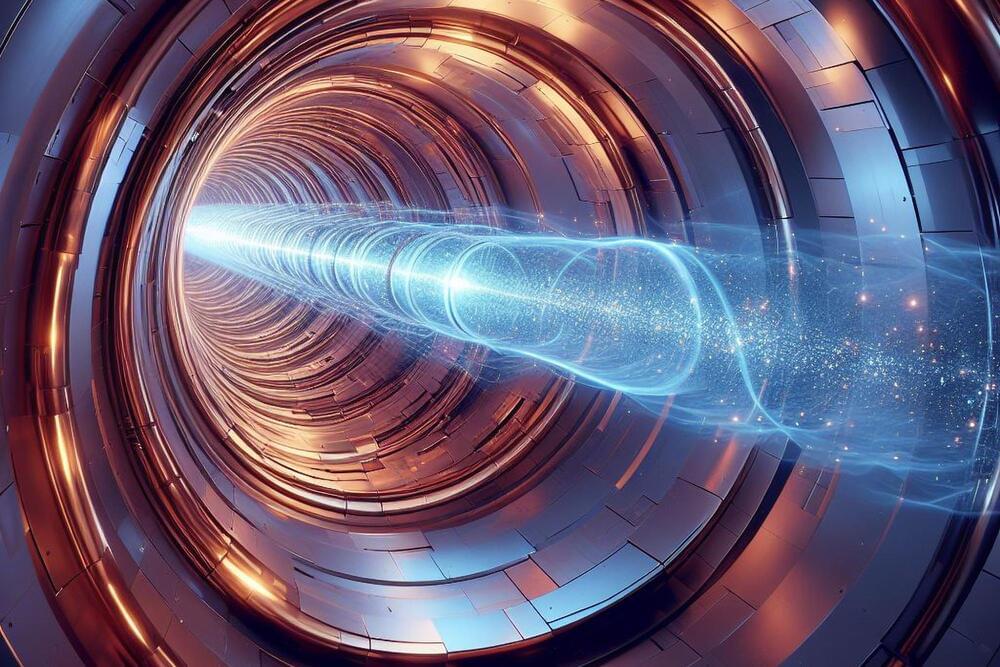
At the Facility for Rare Isotope Beams, a major advancement has been achieved with the successful acceleration of a high-power uranium beam, achieving an unprecedented 10.4 kilowatts of continuous beam power.
This achievement not only highlights the difficulty in handling uranium but underscores its importance in generating a diverse range of isotopes for scientific study. The high-power beam led to the discovery of three new isotopes within the first eight hours of its operation, marking a significant breakthrough in nuclear science and expanding our understanding of the nuclear landscape.
Breakthrough in Isotope Research.

Since pioneering the first corporate purchase agreements for renewable electricity over a decade ago, Google has played a pivotal role in accelerating clean energy solutions, including the next generation of advanced clean technologies.
Google’s first nuclear energy deal is a step toward helping the world decarbonize through investments in advanced clean energy technologies.

“The grid needs new electricity sources to support AI technologies that are powering major scientific advances, improving services for businesses and customers, and driving national competitiveness and economic growth,” Google Senior Director for Energy and Climate Michael Terrell, said in a statement.
“This agreement helps accelerate a new technology to meet energy needs cleanly and reliably, and unlock the full potential of AI for everyone,” Terrell added.